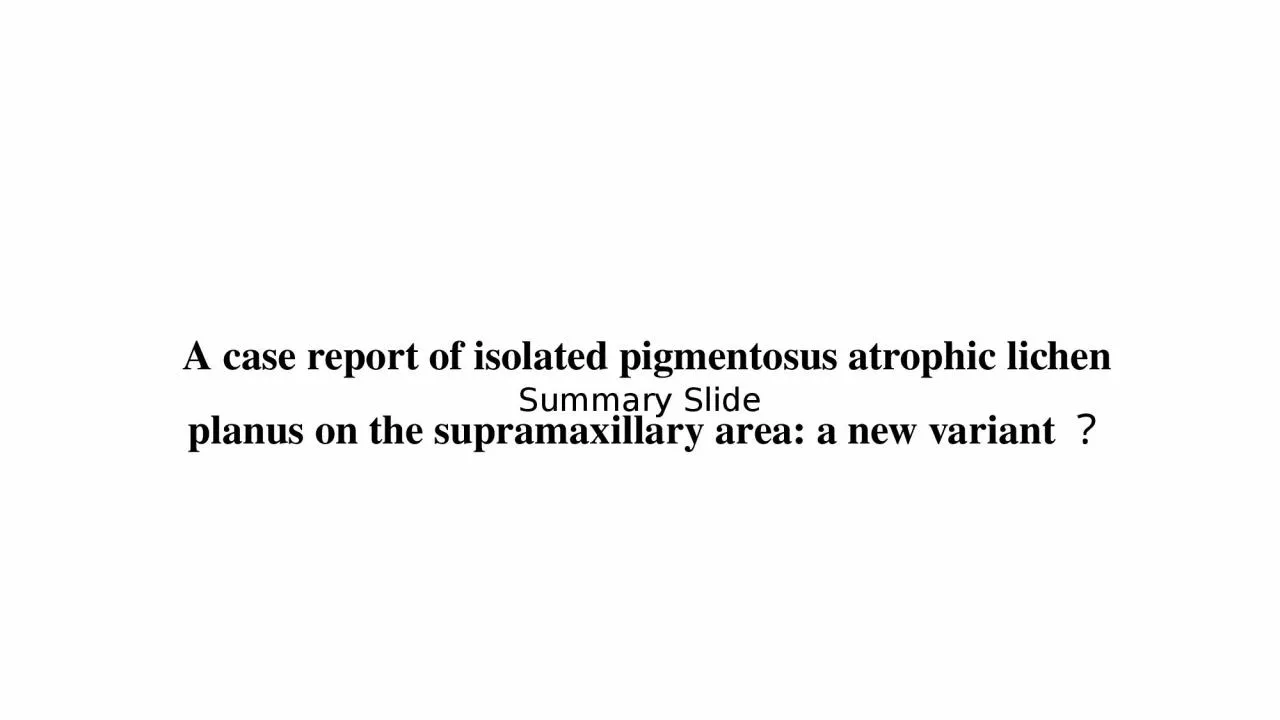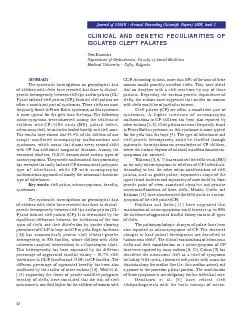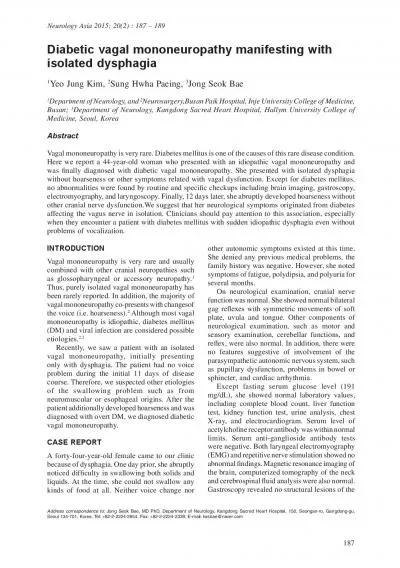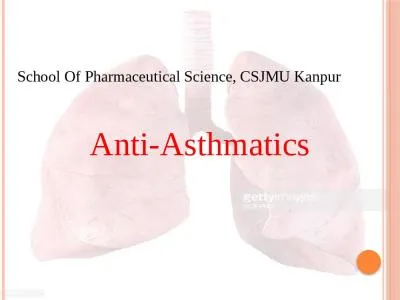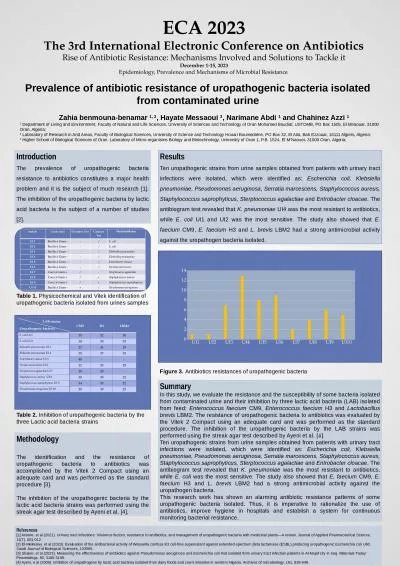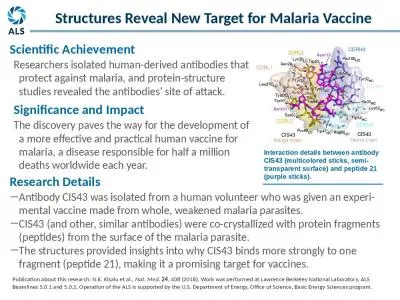PPT-A case report of isolated
Author : reagan | Published Date : 2022-06-15
pigmentosus atrophic lichen planus on the supramaxillary area a new variant Summary Slide Why report this case Lichen planus LP is a chronic inflammatory and selflimiting
Presentation Embed Code
Download Presentation
Download Presentation The PPT/PDF document "A case report of isolated" is the property of its rightful owner. Permission is granted to download and print the materials on this website for personal, non-commercial use only, and to display it on your personal computer provided you do not modify the materials and that you retain all copyright notices contained in the materials. By downloading content from our website, you accept the terms of this agreement.
A case report of isolated: Transcript
Download Rules Of Document
"A case report of isolated"The content belongs to its owner. You may download and print it for personal use, without modification, and keep all copyright notices. By downloading, you agree to these terms.
Related Documents

